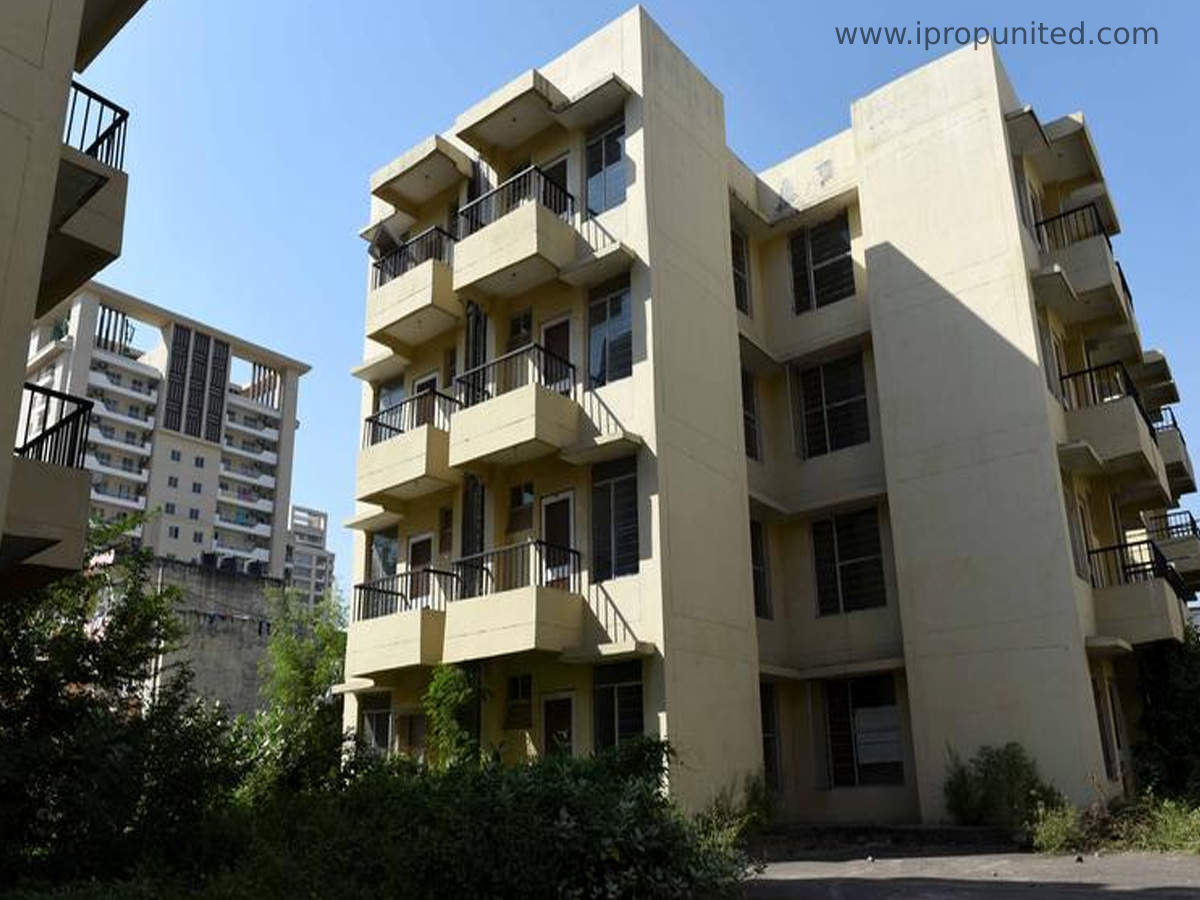
Purchasing new, second homes had been a trend a couple of years ago. But, what made this trend vanish from real estate? Real estate is a quandary, and real estate investment choice is a difficulty these days. While ready to-move and almost ready to-move homes are eagerly on the go, the demand for the same is quite low. On the other side, many projects are as yet under construction and are far from the date of completion. What to do? Upgrading the property, purchasing a new house, or purchasing a second home – which is the most ideal choice today?
Surprisingly, developers are eagerly waiting for serious buyers with whom they are ready to negotiate and make a deal as property estimate is facing its lowest point.
To this, the Director of DNA Venture, Ankur Maheshwari stated that the real reason behind vanishing of the trend of second homes purchase is the hike in the rate of interest and consequently, the slow rate of development. “The returns on real estate investment might not be good, not for all but some properties. Commercial and social projects can be considered if looking for properties for investment purpose,” said Mr. Maheshwari.
What is Price Currently?
The fully constructed building has a multiple costing units. The total cost of the building includes all cost heads. Per square foot (PSF) is the fundamental pace of the building. Preferential Location Charges (PLC) are included in addition to the psf. Further, car parking charges, membership charges for clubs, present if any, and other such charges are applied to the real costing value. Overall, these charges make up to nearly 10 – 15 percent of the actual cost.
Though, most of the developers are willing to go easy with these overhead charges and are ready to waive them off to sell the property at a not-so-profitable price. Managing Director of Residential Services, India, Cushman & Wakefield – Shveta Jain informs Economics Times, “Builders have generally been resorting to means that make the overall deal attractive for the buyer. This has been due to the compulsion of a high unsold inventory and a tight liquidity situation for the developers.”
Luring the customers has become the chief agenda of the developers. The developers are ready to reduce the cost of a home in one or the other ways. Offering fully-furnished home is the only possibility they can look forward to. Otherwise, the most popular offer in the real estate, all-inclusive rates covering stamp duty, registration, and VAT (Value Added Tax) are excluded. Even EMI (Equated Monthly Installment) schemes and other such schemes do not seem to attract and convince the buyers. Nevertheless, buyers are still to be very careful while studying the fine print and long-term repercussions of such schemes.
The Second Home Option
Investing in second homes can be worthy as the recent slump has proposed to bring the prices down to the best possible limit. Hence, for the individuals, especially from the families with dual income sources, this is the ideal time to make such decision in regards to the second homes, more particularly when it is within the city limits. This provides housing facility for one family or else, an extra source of income through rent – suggests Ankur.
Looking to the current situation of the real estate, the investment in properties must be considered as a long-term investment. Expecting a quick return on investment should be excluded until it’s an imminent location with restricted supply as the location is the main constraint to be considered before making any decision for purchase or investment.
Factors to be looked out while making decisions regarding investment in real estate –
Outright Purchase – It’s not a good idea to invest in a second home on the basis of home loan. Nearly 8-10 years of the time period is going to take before you can break even after considering interest cost and accounting tax benefits. Putting your own funds for the second home is reliable and safe instead of a home loan. Opt for prepayment plan in order to do with the loan to the earliest possible time limit.
The location is the Key Factor
For investment purposes and not dwelling purposes, location is one such component that can turn the whole game in your favor. Regions like in proximity to significant work environments regions with a decent inundation of office facilities are best for investing purposes. Say yes to such offers received if any. A good social or civic organization with proper arrangements for basic needs such as water and transport availability can also be considered.
New & the Near Completion Projects
This might be complicated. Where one circumstance can be in support of yours as new projects might cost lower than the already-developed properties, numerous builders, on the other hand, fail to give possession on time. This can be risky but, in case everything goes well, it’s a good investment. Here, one can bargain, rather than negotiate on the properties. Next, complete or nearly-complete projects are available in the resale market to opt for. However, the current scenario depicts that the demand for under-construction properties has increased over completed or resale projects.
One must note that that the rack rate of the property (selling price of property by builder) might not cut down by the builders but some of the investor-owners, who are trying to offload the property at less price (after keeping their profit share, but less than builder’s rack rate) for any reason, can be considered.
Conclusion
At numerous locations, tall capital appreciation isn’t being expected. However, the possibility for rental potential is to be considered and both the factors – the flat’s size and location, must support this.
Not just one factor in real estate but more than just one factor are responsible for shifting the prices of the properties. The location along with appropriate plans and infrastructure proposal is one such factor that can be responsible for yielding capital appreciation in the long term.
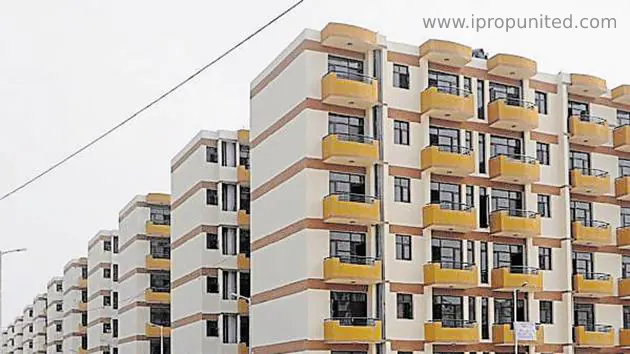

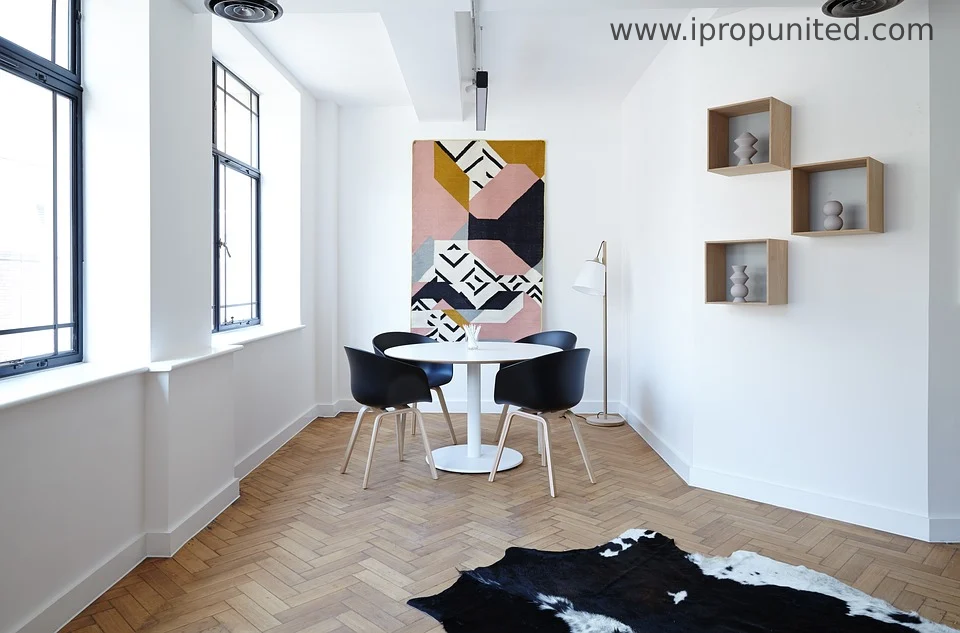
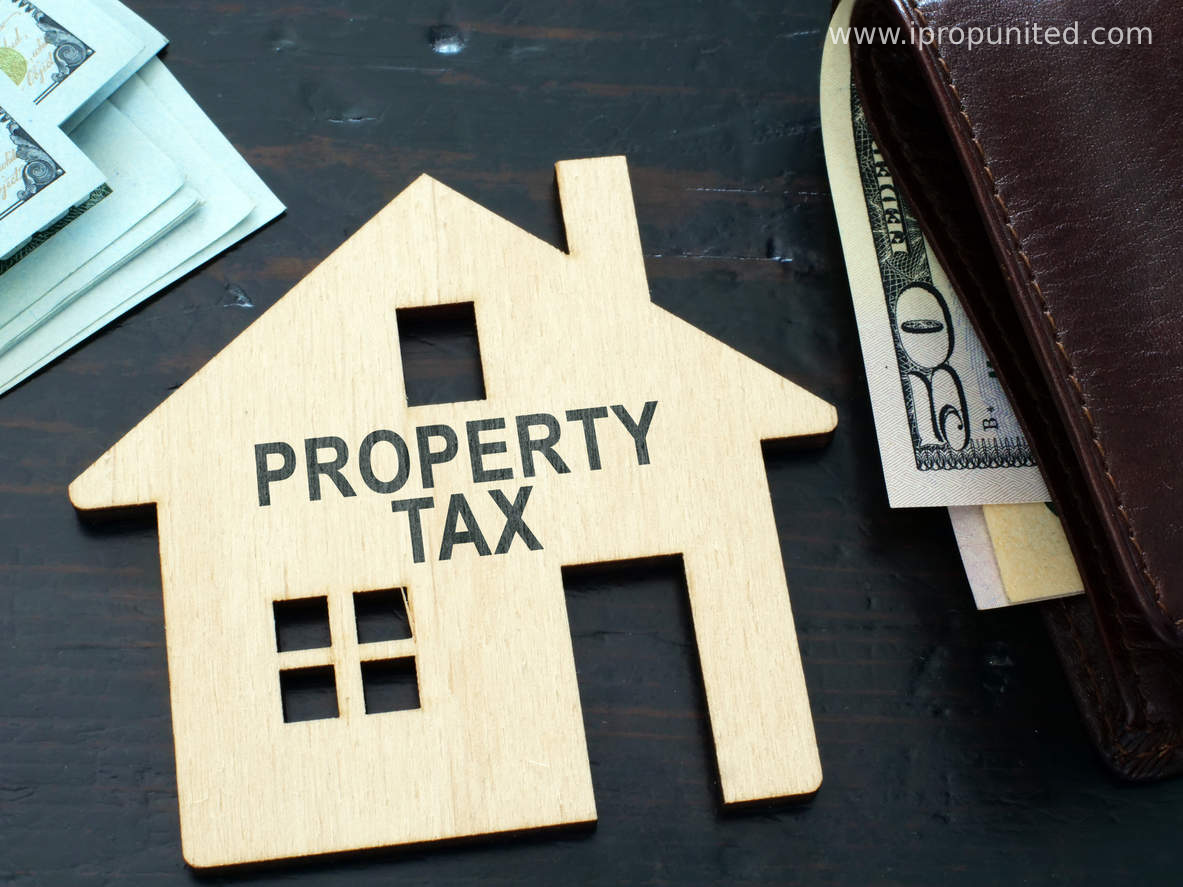
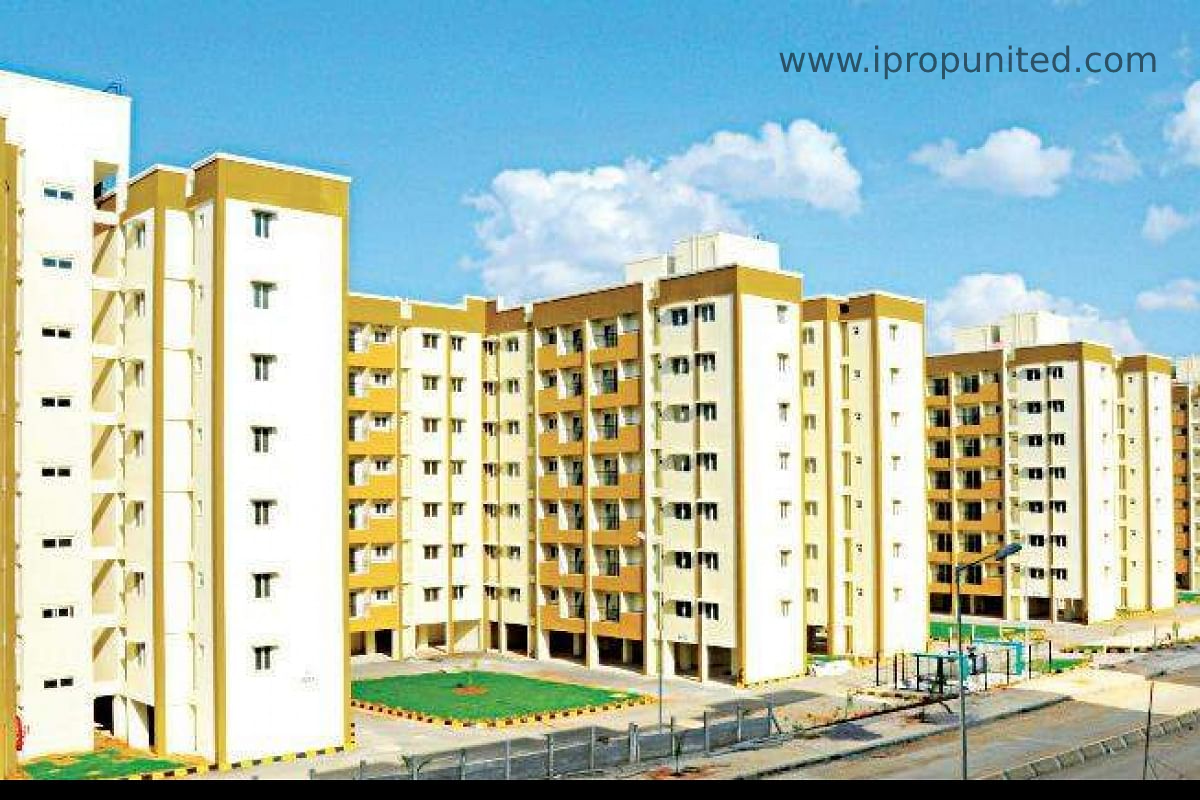
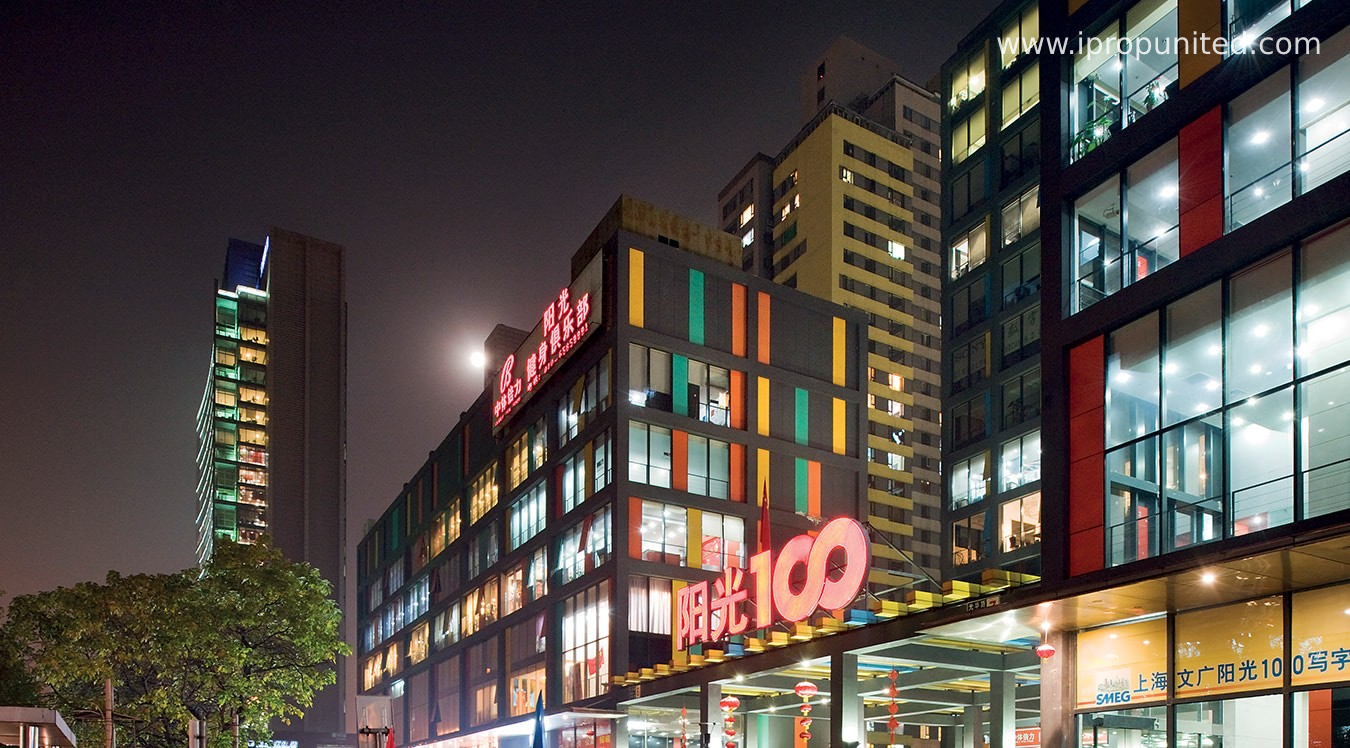
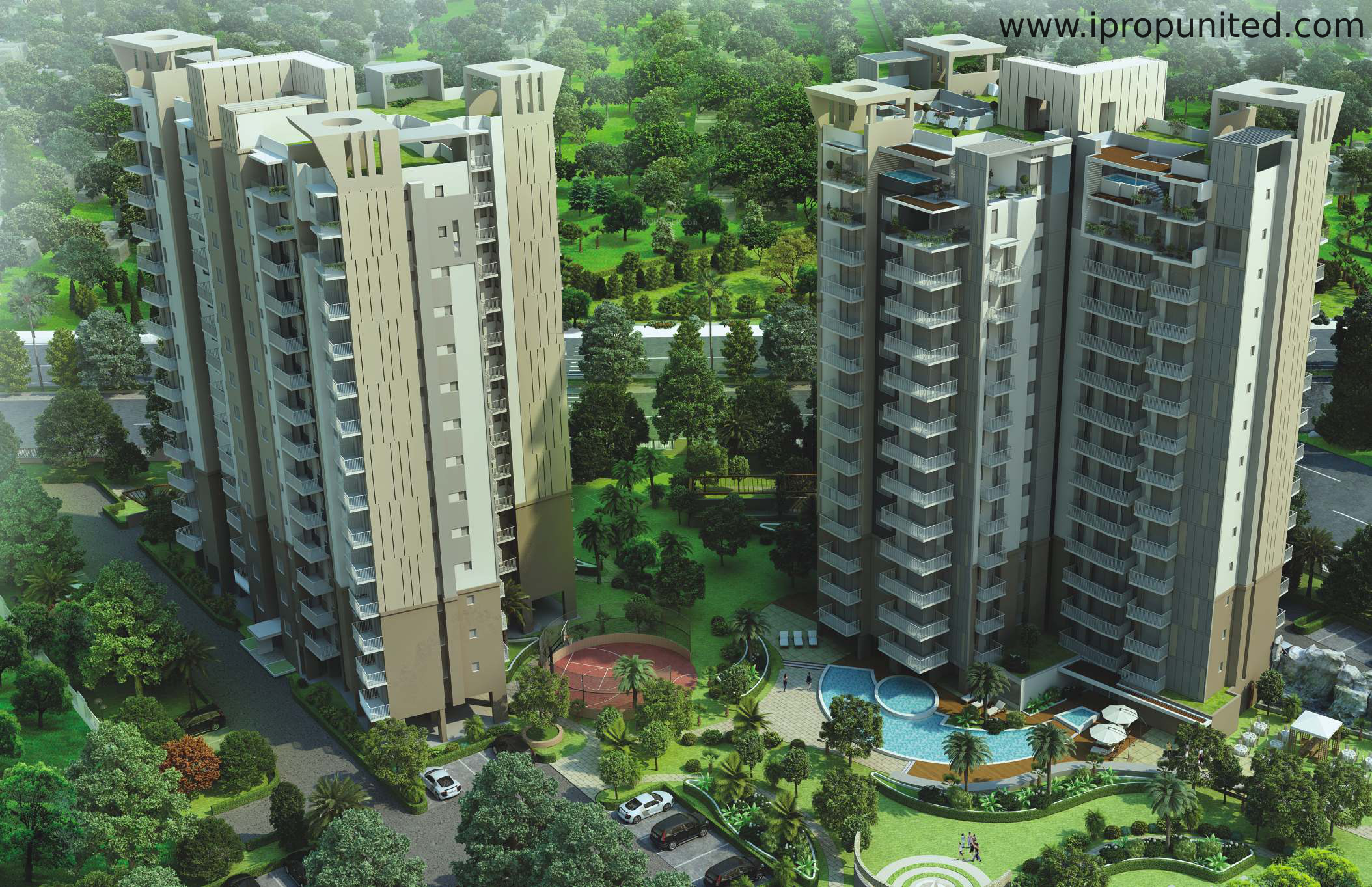
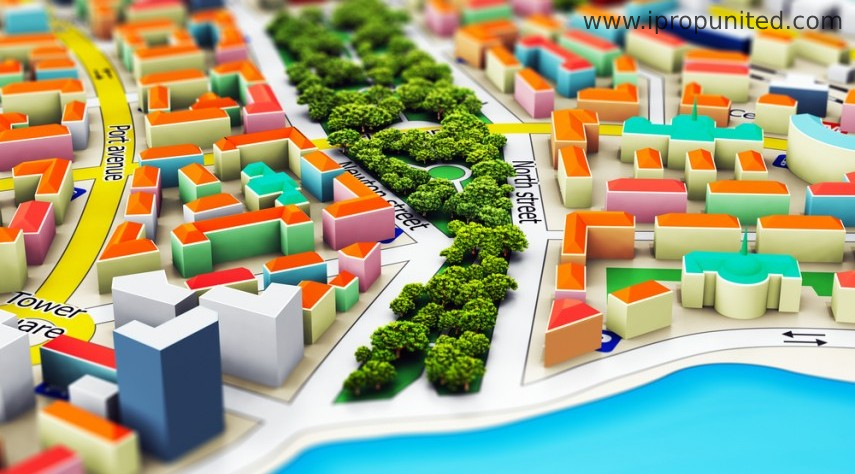
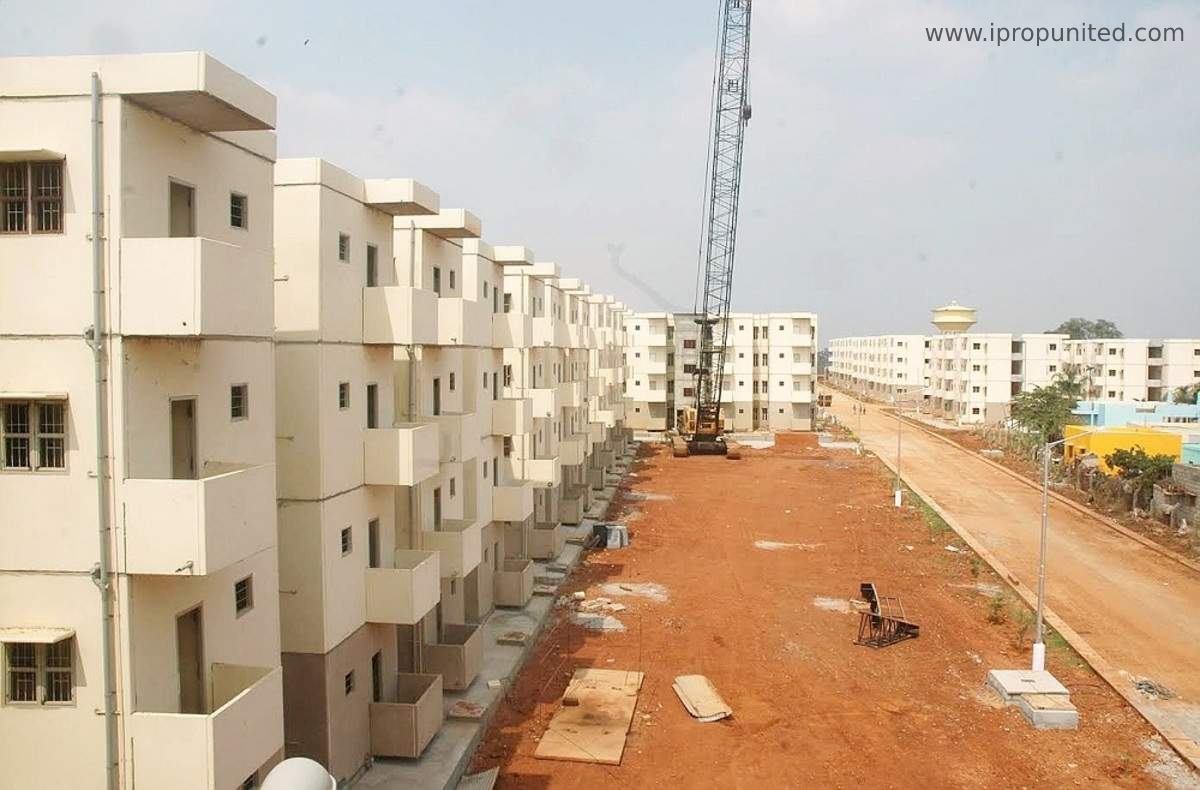
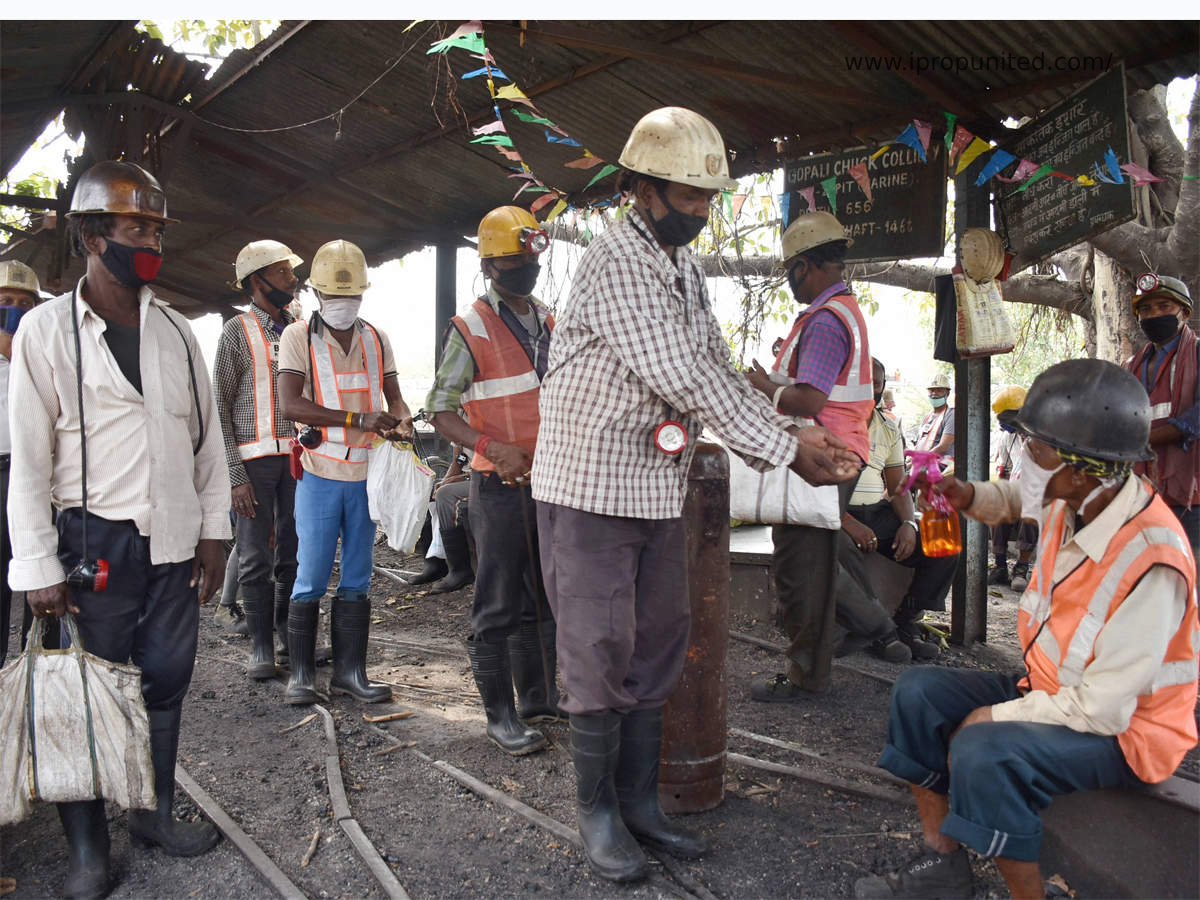 Arvind Kejriwal, Chief Minister of Delhi on Thursday announced his government’s decision to provide financial assistance to the construction workers. On Saturday, Rs 5000 each was deposited in the bank account of 2.95 lakh construction workers by the Delhi government.
Arvind Kejriwal, Chief Minister of Delhi on Thursday announced his government’s decision to provide financial assistance to the construction workers. On Saturday, Rs 5000 each was deposited in the bank account of 2.95 lakh construction workers by the Delhi government.




